Everything You Need To Know About Hot Flushes
For 12 months after her last period, Hobart nurse Jackie Khoury experienced hot flushes. “They were rip snorters that would sort of roar up my body and into my face like fire balls. I would kind of observe them with amazement, watch them roll in and then fade away. I got maybe 15 of them a day when they were at their peak, some mild and momentary, others prolonged and hot as hell.”
What she really struggled with, however, was the night sweats, an experience she likens to being in a sauna. “I would wake up in a slippery sweat, drenched from head to toe, all the hair at the back of my neck wet. I remember one night waking up lying on my side with my legs bent, one on top of the other, and my top leg involuntarily slid off the bottom leg, like I was oiled or something.”
For many women hot flushes and night sweats form their experience of menopause. “About 80 per cent of women have hot flushes and night sweats,” says Min Yeo, a Sydney GP who helps women manage menopausal symptoms through lifestyle changes.
“For 60 per cent of women night sweats are severe – can’t cope, waking up in a pool of sweat and everyone’s terribly upset. Twenty per cent of women have moderate symptoms while 20 per cent have no symptoms.
“The prevalence of hot flushes varies with each woman, but many get them daily,” says Dr Yeo. “These symptoms generally last about six to 24 months, but for some women it can be a decade or more. It also seems to vary with ethnicity, for example, women of Asian descent have a lower incidence and duration of hot flushes.”
Hot flushes occur because the drop in oestrogen levels affect the hypothalamus, the part of the brain responsible for body temperature regulation. “This makes us super-sensitive to changes in temperature and translates to flushing and sweating with much smaller increases in temperature [than before]. We don’t have as wide a range of tolerance to changes in temperature.”
Interestingly, Dr Yeo says that anxiety and stress increase adrenalin, which also increases flushing, and that many of life’s stressors challenge women precisely around the time they experience menopause.
“A lot of us have ageing parents and kids who are teenagers. And often, we are also at the peak of our careers and that comes with its stressors, too. These come on top of hormonal change and if you are not sleeping well and combined with hot flushes … well, some people can get quite irritable.”
To quell those torrid moments, Dr Yeo has some tips. “Try a cold pack or spritz your face with water, possibly rose water or lavender water, assuming the absence of allergies, to calm and cool … or use a gorgeous looking hand-held fan to cool down.”
Natural treatments vs prescriptions
One effective way to combat hot flushes is by tweaking your diet. “Eat foods that are high in phytoestrogen like legumes, tofu and flaxseed which mimic oestrogen and decrease hot flushes,” Dr Yeo says. Herbal treatments may also help relieve symptoms in some women.
“Certain specific forms of black cohosh have been clinically trialled and may help reduce hot flushes but it does cause liver disturbance in some people. We don’t know why, but see a doctor to discuss taking it. If you do take it, get your liver function tested before you start and continue to monitor it regularly. I do not recommend staying on black cohosh for longer than 12 months at the very most.”
For women who seek a pharmaceutical fix, Dr Yeo counsels talking to a doctor first. “Pharmaceuticals should only be recommended to someone suffering serious menopause symptoms. Their family history regarding cancer – breast and ovarian – needs to be taken into account, and breast examination needs to happen.”
Jacqui Khoury eventually opted for a prescription. “I got so sick of throwing off the covers and then chilling down and pulling them back up again. It was on, off, on, off. I was ready for MHT [menopausal hormone therapy] at that point but after I approached my doctor and got the process started, the symptoms eased off. That happened twice. I’d just get to breaking point, move towards MHT and then it would ease
“Four years on I still get hot flushes, but they’re infrequent and don’t really bother me. The night sweats stopped a long while ago, thank god. I feel I am past needing MHT, but if the flushes came back with a vengeance, especially the night sweats, I’d be all over it.”
This information is general only. Always seek advice from a medical practitioner about your personal health conditions. We do not accept any liability for any injury, loss or damage caused by use of the information provided in our website.
Words_ Patricia Sheahan
Photos_ Wilhelm Gunkel/UnSplash

